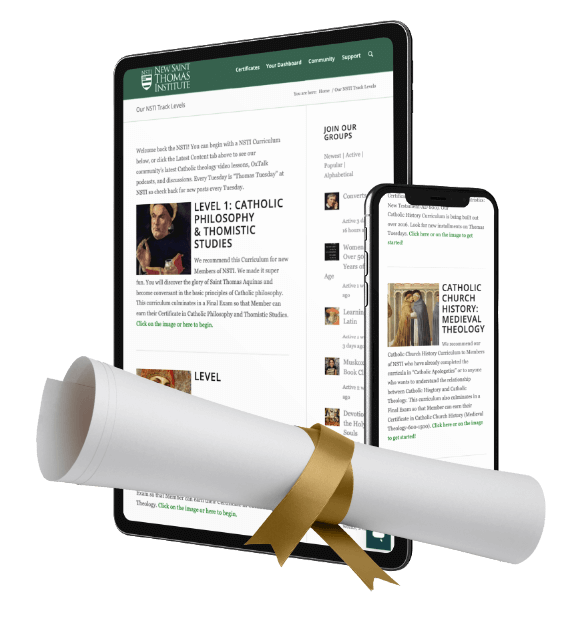From Syria to Norman Invaders: The Geographical Travels of the Feast of the Immaculate Conception
The Church in Syria began to celebrate a feast in honor of the Conception of the Blessed Virgin Mary in the fifth century. The assigned date for this feast was December 9th. This should come as no surprise since some of the most beautiful verses about the sinlessness of Mary come from Saint Ephrem the Syrian (d. 373).
Saint Ephrem’s fourth century belief that Mary had “no stain,” and the origin of a liturgical feast for Mary’s conception in Syria in the fifth century are evidence that the Syrian Christians were deeply aware of Mary’s special prerogative.
By the 600s, the Eastern Churches were observing December 9th as the “Conception of the Theotokos.” Saint John Damascene is a witness to this tradition.*
Now as you know, Southern Italy was the home of several Greek colonies, such as Calabria and Puglia, but also in Sicily. They spoke a form of Greek known by the Italians as “Griko.” (Of course, if you’ve seen The Godfather, you know that Michael Corleoni marries a “Greek girl” while he is hiding out in Sicily. The reason for this is that there are Greeks in Southern Italy…)
Now veneration for the liturgical feast of the Immaculate Conception was celebrated by these Greeks in Southern Italy. However, in the tenth century, the Normans began to rule southern Italy, northern Gaul, and Britain. See map below:
From the Southern Italian Greeks, the Normans received a veneration for the Blessed Virgin Mary and for her Immaculate Conception. This devotion spread to northern France and to Britain.
When William the Conqueror (Norman) conquered Britain, he re-established the British hierarchy and clergy with Normans and Norman sympathizers. For example, King William established Lanfranc, a Norman Abbot, as Archbishop of Canterbury. Lanfranc and his successor Anselm were adherents to the Immaculate Conception. They seem to have established the feast of the Conception of Mary here in England long before Rome began to celebrate in the 15th century. Even then, it took a Franciscan Pope under the influence of John Duns Scotus (i.e. Pope Sixtus IV) to establish the feast of Our Lady’s Conception in Rome.
Hence, we find that England in particular was one of the earliest defenders of Mary’s Immaculate Conception…thanks to the Normans.
*To all of our Eastern friends who object to the “dogma of Immaculate Conception,” it is necessary to recognize that the Eastern Fathers speak of Mary being without “stain” which corresponds to our Latin macula or “stain.” The denial of the Immaculate Conception is not only heretical and evil, but it is also “un-Eastern.”
What to Watch Next
The Vatican just released it’s Study on the Female Diaconate, convened by Pope Francis as part of...
Pope Leo XIV declined to pray at the Blue Mosque in Istanbul, Turkey. It’s a win. Watch...
Thomas Jefferson shoehorned “the wall of separation of church and state” into modern politics. It’s time to...
SHOP THE TAYLOR MARSHALL STORE
Dive Deeper

GET CONFIDENT IN YOUR FAITH
Explore the fascinating world of Catholic teachings with Dr. Marshall. Together you’ll unpack the brilliant answers the Church gives to tough questions about the Faith. The best part: you go at your own pace. Start this exciting journey today.


 >
>




